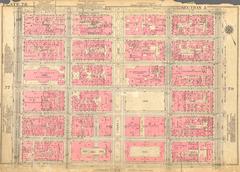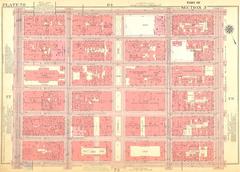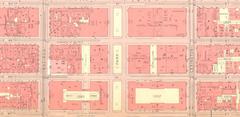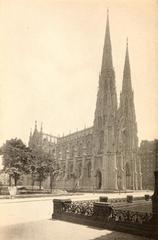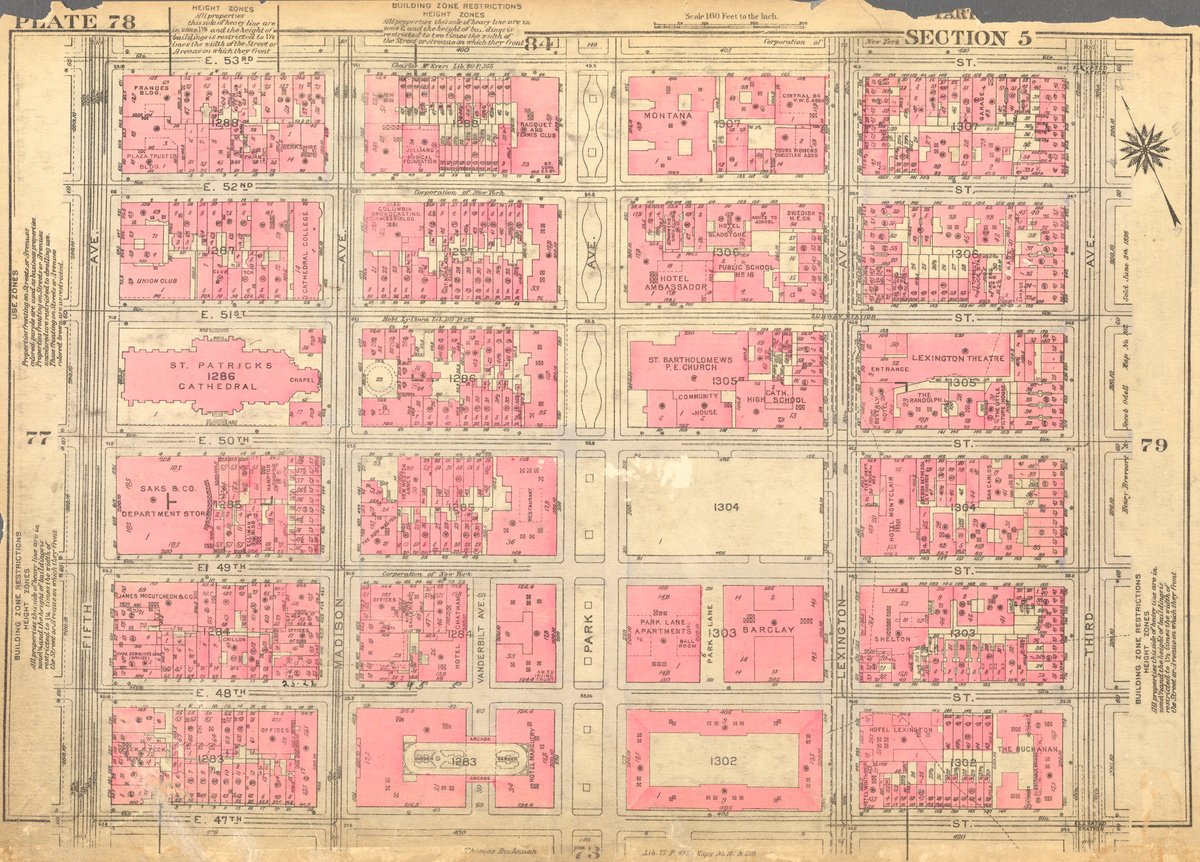
St. Patrick’s Cathedral Visiting Hours, Tickets, and Historical Sites Guide
Date: 14/06/2025
Introduction
St. Patrick’s Cathedral is a cornerstone of New York City’s historic and cultural landscape. Located in Midtown Manhattan, this Neo-Gothic masterpiece draws millions of visitors annually, captivating them with its soaring marble spires, intricate stained glass, and tranquil ambiance. As the largest Gothic Revival Catholic cathedral in North America, St. Patrick’s not only serves as a beacon for the Catholic community but stands as a testament to the city’s immigrant resilience and religious freedom. This comprehensive guide covers essential information for planning your visit—covering visiting hours, tickets, accessibility, highlights, and nearby attractions—while delving into the cathedral’s rich history and architectural significance (classicnewyorkhistory.com, nyc.eu, IrishCentral).
Table of Contents
- Historical Overview
- Visitor Information
- Architectural Highlights
- Frequently Asked Questions (FAQ)
- Conclusion
- Sources
Historical Overview
Colonial Roots and Growth of Catholicism
St. Patrick’s Cathedral’s story begins amid the colonial era’s anti-Catholic sentiment. Early Catholic immigrants faced legal restrictions and discrimination, relegating worship to private chapels (classicnewyorkhistory.com). The American Revolution marked a turning point, opening the city to diverse waves of Catholic immigrants—particularly the Irish—who would later inspire the cathedral’s dedication.
Land Acquisition and Parish Development
In 1810, the Jesuits acquired the land between 50th and 51st Streets on Fifth Avenue. After financial turmoil and a brief loss of the property, Father Michael A. Curran’s determined fundraising allowed the Catholic community to reclaim the site, laying the groundwork for a grand new church (classicnewyorkhistory.com).
Vision and Design
Archbishop John Joseph Hughes spearheaded the vision for a monumental cathedral, commissioning James Renwick Jr.—a leading architect in the Gothic Revival style—to design a structure that would serve as both a spiritual center and a symbol of Catholic perseverance (classicnewyorkhistory.com).
Construction and Significance
Construction began in 1858, overcoming significant engineering challenges presented by Manhattan’s bedrock. Interrupted by the Civil War, the project resumed in 1865 and was consecrated in 1879. The iconic spires were completed in 1888, and further eastern additions continued into the 20th century (nyc.eu). The cathedral’s white marble façade, sourced from Tuckahoe, creates a striking contrast against Midtown’s glass towers.
Irish Heritage and Community
Dedicated to St. Patrick, patron saint of Ireland, the cathedral became a focal point for New York’s Irish-American community and a symbol of hope for all immigrants. Annual celebrations, especially the St. Patrick’s Day Mass, highlight this enduring connection (nyc.eu).
Major Events and Civic Role
St. Patrick’s Cathedral has hosted funerals for national figures, interfaith services after 9/11, and virtual Masses during the COVID-19 pandemic, reinforcing its role as a spiritual and civic sanctuary (nyc.eu).
Enduring Cultural Legacy
Beyond its religious function, the cathedral is a cultural icon, featured in films, concerts, and city celebrations. With over 5.5 million annual visitors, it remains an active parish and a living monument to New York’s evolving heritage (nyc.eu).
Visitor Information
Visiting Hours
St. Patrick’s Cathedral is open:
- Monday–Saturday: 6:30 AM to 8:45 PM
- Sunday: 7:00 AM to 8:45 PM
Check the official website for holiday or event-related changes.
Tickets and Admission
- General Admission: Free
- Guided Tours: Fee required; tickets available online or onsite
- Donations: Appreciated to support maintenance and programs
Accessibility
The cathedral is fully wheelchair accessible, with ramps, elevators, and accessible restrooms available. Service animals are welcome.
Guided Tours
- Official Tours: Offer in-depth insights into history and architecture; book in advance
- Audio Tours: Available in multiple languages for self-paced exploration
Travel Tips
- Best Times: Early mornings and late afternoons on weekdays are least crowded
- Dress Code: Modest attire recommended; silence and low voices are appreciated during services
- Photography: Permitted without flash or tripods
Nearby Attractions
- Rockefeller Center: Directly across Fifth Avenue
- Museum of Modern Art (MoMA): Short walk away
- Fifth Avenue Shopping: Luxury boutiques and flagship stores nearby
Visuals and Media
Explore high-quality images and virtual tours on the cathedral’s official website.
Architectural Highlights
- Neo-Gothic Design: Twin spires (over 320 feet), marble façade, and ornate bronze doors (IrishCentral; Exp1)
- Cruciform Layout: Symbolic floor plan with ribbed vaults and flying buttresses (OpenLab CityTech)
- Stained Glass Windows: Over 2,800 panels, including a renowned rose window (Loving New York)
- High Altar and Baldachino: 57-foot bronze canopy and monumental Pietà sculpture (Exp1)
- Pipe Organs and Bells: Two historic organs and 19 bells named after saints
- Lady Chapel: Intimate prayer space with unique stained glass
- Crypt: Resting place of archbishops and the Venerable Pierre Toussaint
Frequently Asked Questions (FAQ)
Q: What are the cathedral’s visiting hours?
A: Monday–Saturday 6:30 AM–8:45 PM; Sunday 7:00 AM–8:45 PM.
Q: Is admission free?
A: Yes, but donations are appreciated. Guided tours require a ticket.
Q: Are guided tours available?
A: Yes, official and audio tours are available in multiple languages.
Q: Is the cathedral accessible for visitors with disabilities?
A: Yes, ramps, elevators, and accessible restrooms are provided.
Q: Can I attend Mass or special events?
A: Visitors are welcome at daily Mass and special liturgies.
Q: Is photography permitted?
A: Yes, but flash and tripods are not allowed.
Conclusion
St. Patrick’s Cathedral stands as a living symbol of New York City’s faith, resilience, and multicultural legacy. Whether you are drawn by its Neo-Gothic architecture, spiritual ambiance, or rich history, the cathedral offers a profound and memorable experience. For the latest information, guided tours, and event updates, consult the official website.
